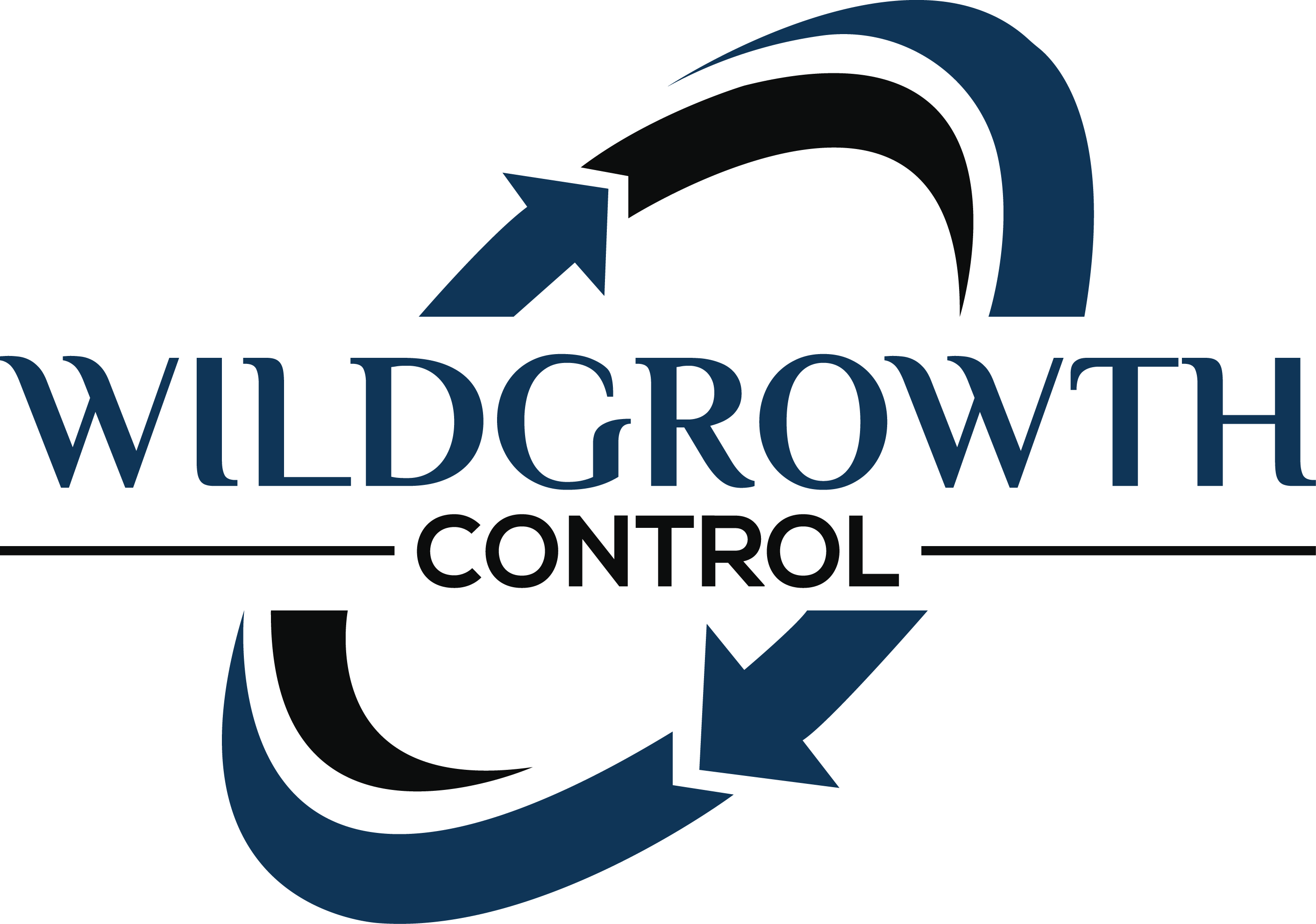Lead Management System for Law Firms:
A Step-by-Step Guide
A Lead Management System (LMS) is a powerful tool for law firms aiming to streamline their client acquisition process. By targeting specific practice areas and demographics, law firms can efficiently manage leads, ensuring potential clients are engaged and nurtured throughout the decision-making journey. Here’s a step-by-step guide on how to set up a Lead Management System for your law firm:

Table of Contents
1. Large Call to Action Headline
Before implementing a lead management system, it’s crucial to understand its value
for law firms. A well-structured lead management system helps track, manage, and
nurture potential clients from the initial inquiry to becoming a retained client.
By effectively managing leads, law firms can increase conversion rates, enhance client
satisfaction, and optimize the use of marketing resources. This process ensures that no
potential client is overlooked, improving the overall efficiency and revenue of the firm.
2. Setting Up Your Lead Management System
To get started, choose a suitable lead management system tailored for law firms, such as Clio Grow, Law Ruler, or a customized CRM solution. Set up your system by creating a structured pipeline that categorizes leads based on their stage in the client journey (e.g., New Lead, In Progress, Consultation Scheduled, etained).
Integrate your CRM with other tools like email, web forms, and phone systems to automatically capture leads from multiple sources. This setup streamlines the intake process and ensures all client data is organized in one place.
3. Customizing Lead Intake Forms
A well-designed intake form is key to gathering essential information about potential clients. Customize your forms to include fields that capture the client's name, contact details, type of legal issue, and how they heard about your firm.
Tailoring intake forms based on specific practice areas (e.g., family law, personal injury, criminal defense) can help in collecting relevant information efficiently. This data is crucial for assessing the potential value of the lead and prioritizing follow-ups.
4. Automating Lead Capturing and Distribution
Automation is a critical feature of an effective lead management system. Set up
automated workflows to capture leads from various channels like your website, social
media, and referral networks.
Once captured, leads can be automatically assigned to specific team members based on factors such as practice area, expertise, or workload. This automated distribution helps ensure quick response times and that the right lawyer follows up with the client, improving the chances of conversion.
5. Qualifying and Categorizing Leads
Not all leads are equal in value or readiness to engage your services. Implement a lead scoring system to qualify leads based on criteria such as the urgency of the legal matter, the potential case value, and the client’s readiness to proceed.
Categorize leads into groups like 'High Priority,' 'Follow-up Required,' or 'Nurture for Later' to help your legal team focus on the most promising prospects. This step ensures your firm dedicates resources efficiently, increasing the chances of converting high-quality leads.
6. Nurturing Leads with Automated Follow-ups
Many potential clients may not be ready to hire immediately, requiring consistent follow-up to keep your firm top of mind. Utilize automated follow-up emails or SMS messages to engage leads.
These follow-ups can include appointment reminders, additional information about your services, or even educational content related to their legal issue. Automated nurturing keeps leads engaged, builds trust, and increases the likelihood of conversion when they are ready to make a decision.
7. Utilizing CRM Analytics for Optimization
A robust lead management system comes with built-in analytics that helps you track key performance indicators (KPIs) like lead response times, onversion rates, and the effectiveness of different marketing channels.
Analyze this data to identify trends and areas for improvement. For instance, if you notice a higher conversion rate from referrals or a specific ad campaign, you can allocate more resources to these channels. Regularly reviewing these metrics allows your firm to optimize strategies and maximize lead conversion.
8. Ensuring Compliance and Data Security
Handling sensitive client information requires strict compliance with data protection laws, such as GDPR or CCPA. Implement data security measures, such as encryption, access controls, and secure storage systems, to protect client information.
Regularly update your privacy policies and train your staff on data protection best practices. Ensuring compliance not only protects your clients but also enhances your firm's reputation, building trust
with potential clients.
Call 855-457-2803
Free 24/7 Strategy Session
Request a Call Back
NEED HELP? CONTACT US 24/7
(855) 457-2803
se habla espaÑol
Quick Links
AI Reputation Management
© 2025+ WildGrowthControl is an independently owned and operated company - all rights reserved.

